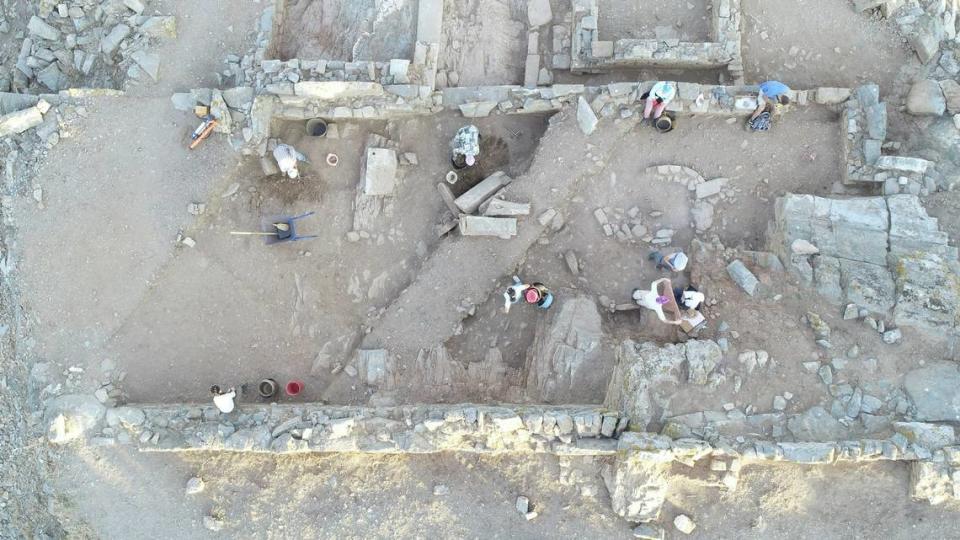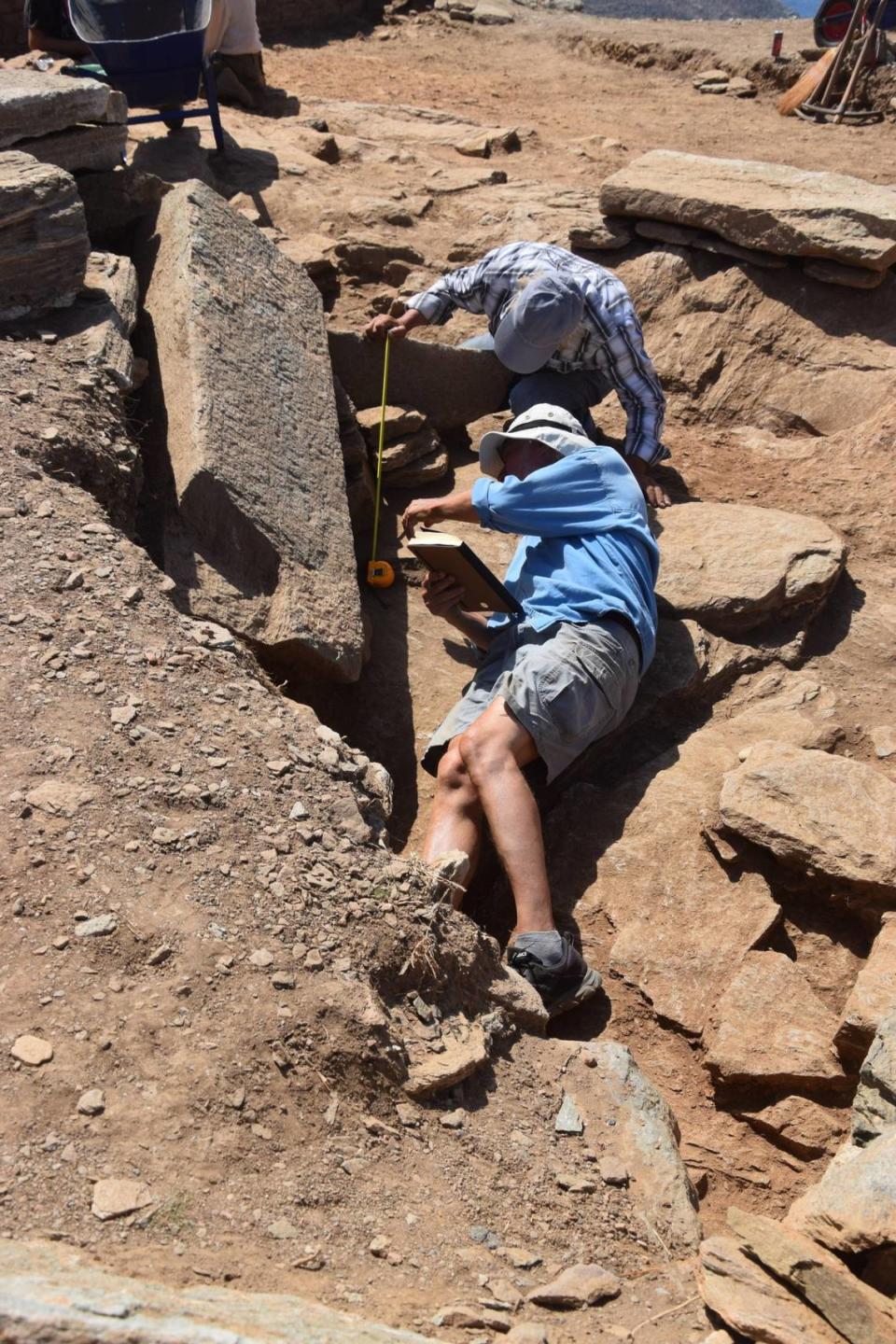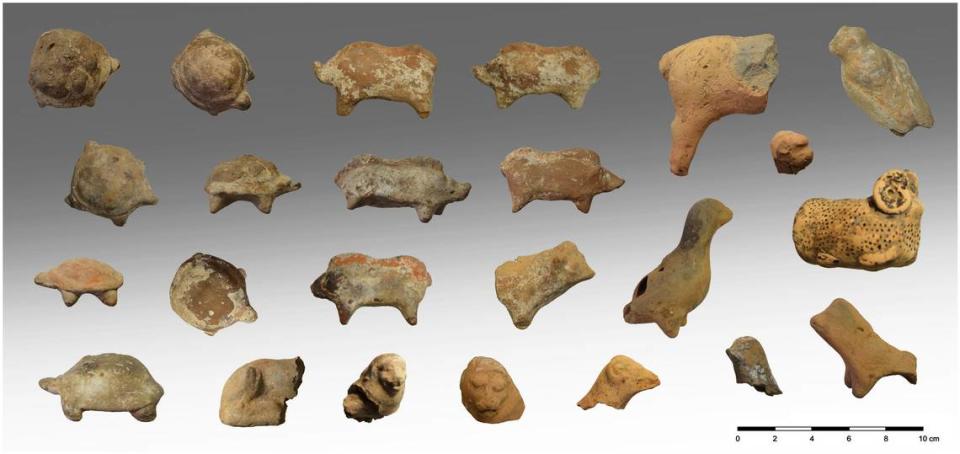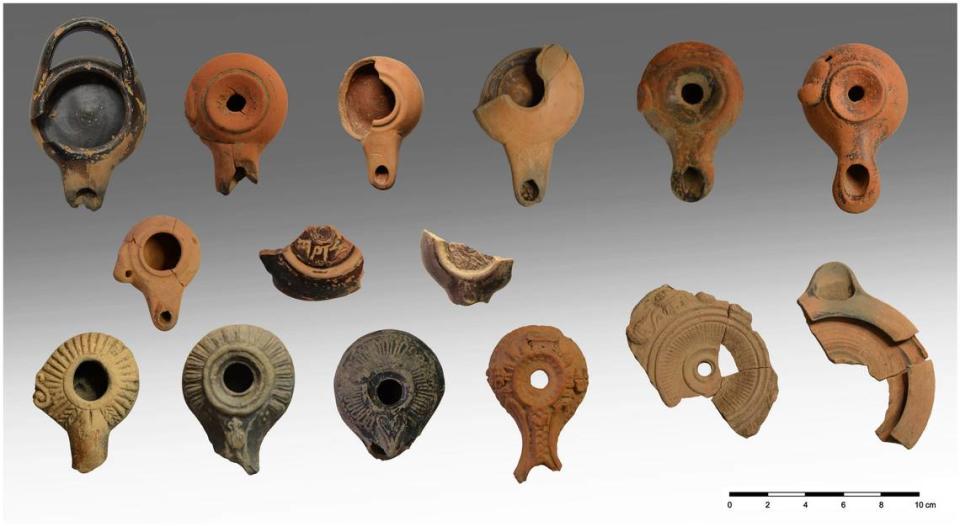‘Countless’ offerings to ancient Greek god unearthed from island temple. Take a look
From afar, the rocky coastline of a small Greek island may not look particularly significant. There’s no extravagant rock formation, no towering peak and no rare wildlife refuge.
For ancient devotees, however, the coastline of Kythnos island held sacred ground: an elaborate sanctuary.
Archaeologists uncovered the ruins of this sanctuary complex during excavations in 2021, Greece’s Ministry of Culture and Sports said in a June 7 news release. The sanctuary complex was 2,700 years old and used from the seventh century B.C. to the third or fourth century A.D.
The complex had four main buildings and several outdoor areas, archaeologists said. Building No. 4 was identified as a temple to the ancient Greek goddess Demeter.
Demeter was worshiped as the goddess of agriculture and mother of Persephone, another well-known figure of Greek mythology, according to Britannica.
Aerial photos of the sanctuary show the arrangement of its buildings. Below Demeter’s temple sit buildings No. 5 and No. 6. These are smaller, square structures that face each other. Past this sits the largest structure, identified as building No. 3.

Archaeologists excavated the structures and unearthed “countless” offerings left by worshipers, The Associated Press reported. Most of these offerings came from the largest structure, potentially a “temple storeroom.”
On one side, the storeroom-type building had a horseshoe-shaped structure where archaeologists found burnt animal bones, rubble and some buried offerings, the release said. Along another wall, a series of flat stones above a narrow row of buried artifacts indicated there was once a shelf where offerings were placed.


Near the monumental door of this building, archaeologists found a large slab with an inscription, the release said. The inscription probably referred to a temple official.

In between the buildings, archaeologists found an even more extensive collection of offerings. Over 2,000 complete — or almost complete — artifacts were uncovered, the release said
These offerings included jewelry made of copper, silver, bone and glass; marble vessels; flasks; and Roman coins, experts said. Photos show a few of the jewelry pieces left at the site.

Archaeologists also found hundreds of figurines, the release said. The clay objects were primarily shaped like women and children, but some male figurines were also found. Photos show some of the female figures.

Other figurines were shaped like animals. Archaeologists identified clay turtles, pigs, lions, rams, birds and even a cicada, the release said. Photos show the worn-looking animals.

Fragments of hundreds of clay lamps from several different eras were also unearthed, the release said. Photos show these ancient light fixtures.

Archaeologists have not confirmed the exact functions of each ruined structure or their construction dates. Excavations at Kythnos are ongoing through 2025, the release said.
The Greek island of Kythnos is about 85 miles southeast of Athens and in the Mediterranean Sea.
Google Translate was used to translate the news release from the Greek Ministry of Culture and Sports.
1,100-year-old ceramics were ritualistic offerings to Mayan god and goddess, experts say
Someone left a ‘coveted’ item and never returned. Students found it 4,300 years later
Ancient drawings — including 250-foot-long pair of legs — discovered in Peru desert

 Yahoo Sports
Yahoo Sports 